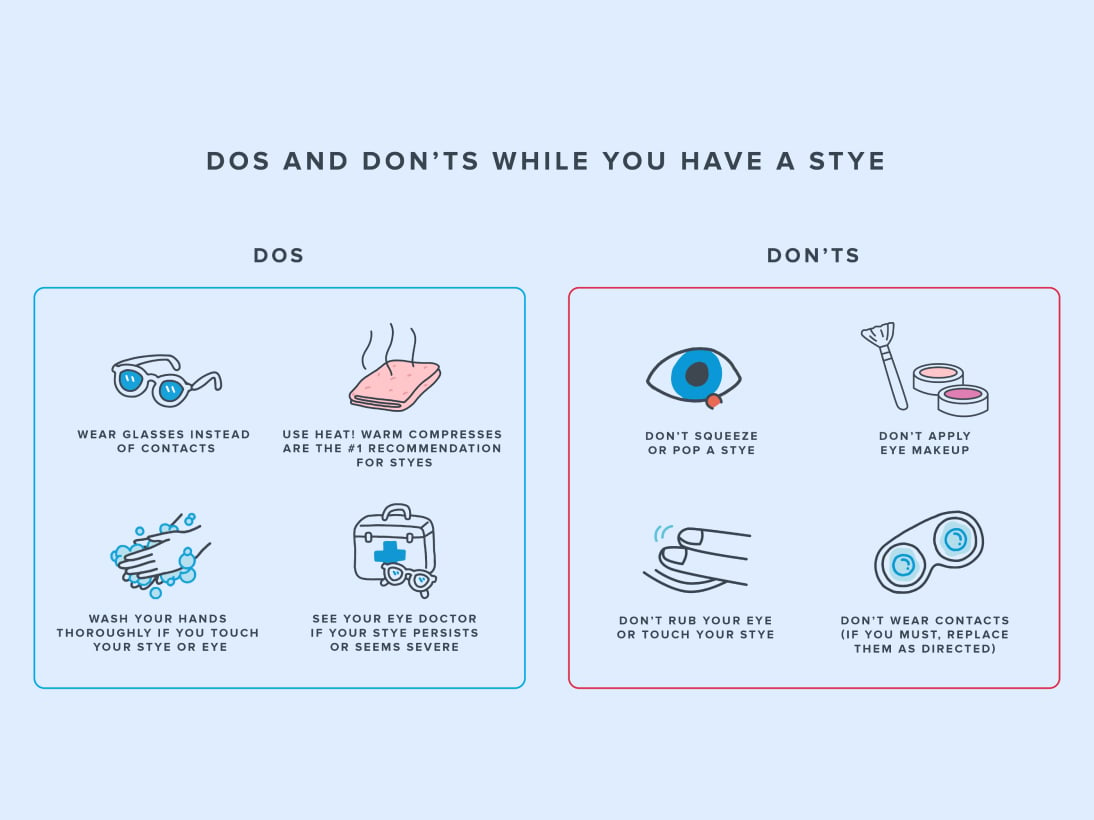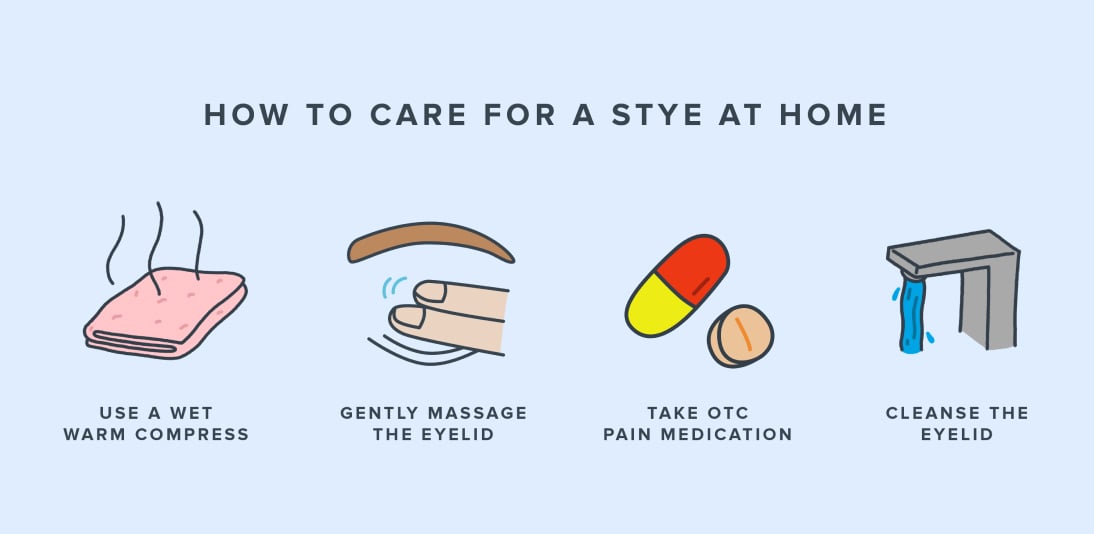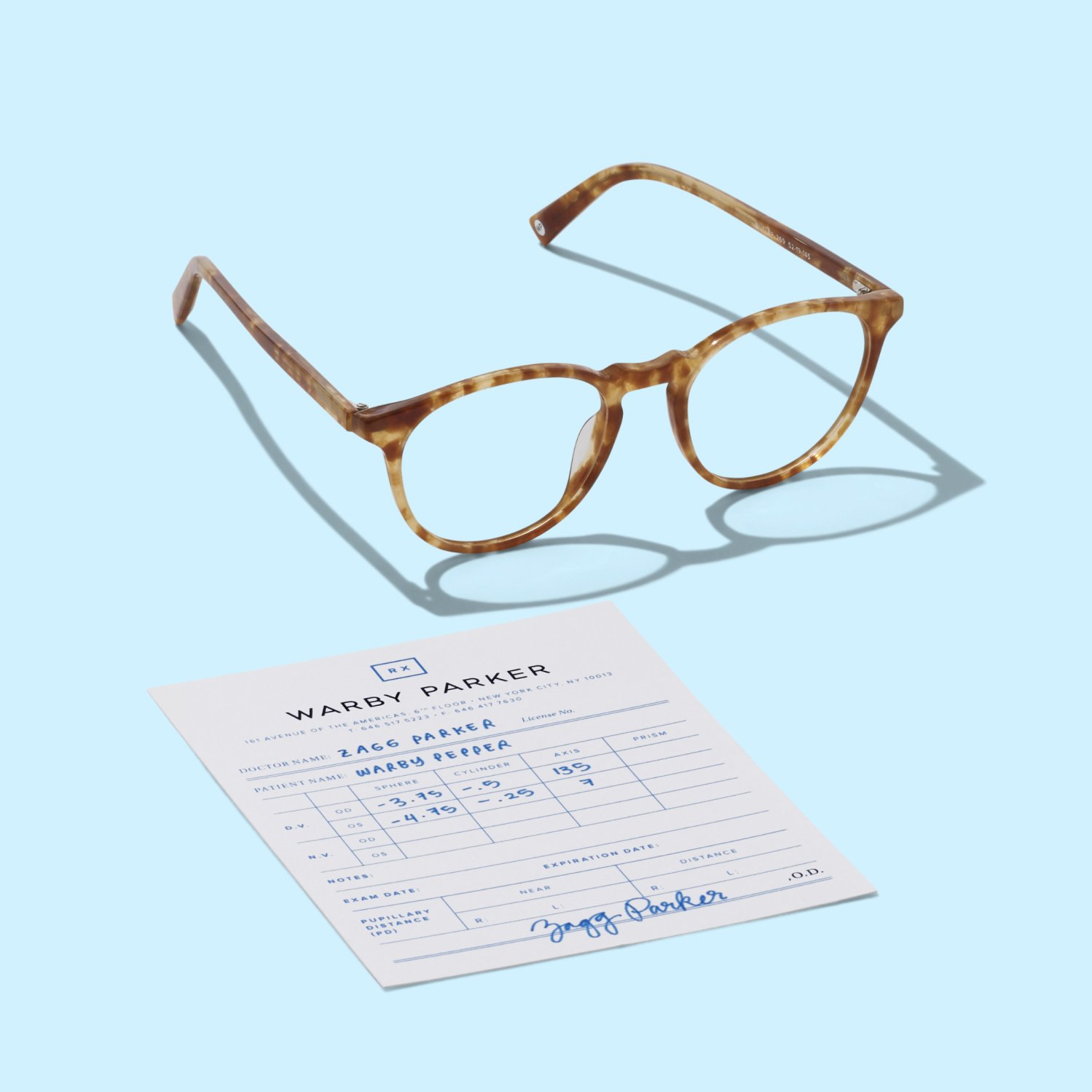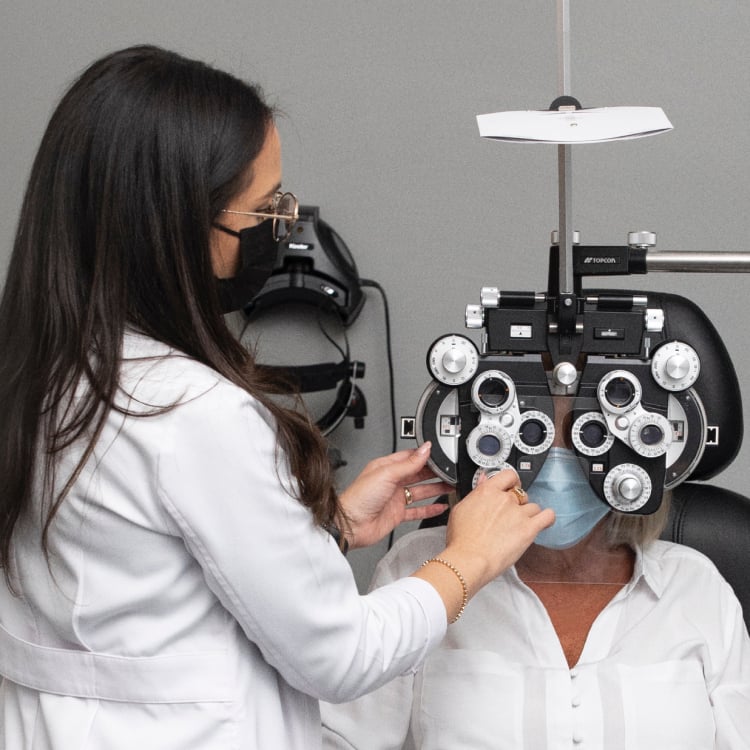If you have a stye, then you know exactly how uncomfortable—and even downright painful—it can be. Your mind is likely reeling with questions. How long does it take for a stye to go away? Can you do anything to speed it along?
Don’t panic. The good news is that styes will most often heal up relatively quickly with proper care. In this handy guide, we’ve compiled everything you might want to know about treating a stye.
How Long Do Styes Last?
Styes usually resolve on their own in one to two weeks. Home remedies can be beneficial in soothing symptoms and helping with healing, but there’s no scientific evidence that these treatments will make a stye go away faster.
Quick Tips for When You Have a Stye
Before we talk about treatments and home remedies for a stye, here are some quick dos and don’ts to keep in mind:
- DO use heat. Warm compresses are the top recommendation from eye doctors at the first sign of a stye.
- Do NOT (absolutely not) try to pop a stye. Remember: A stye is an infection (typically a staph infection) in the eyelid’s oil glands. Popping it can cause the infection to spread to other parts of the eyelid.
- DO wear glasses until your stye heals. Wearing contact lenses is another way infection could potentially spread to another part of the eye. If wearing glasses isn’t an option, be sure you clean your contacts properly and remember to wash your hands thoroughly before and after handling them. Also follow your eye doctor’s recommended wear schedule and replace them as directed.
- Do NOT wear eye makeup while you have a stye. Makeup can further clog up the oil glands in your eyelid, hindering healing. Plus, bacteria can spread to your makeup and application tools, spreading infection to the other eye.
- DO discard makeup more than three months old. This is the typical shelf life for cosmetic products. Old makeup can harbor and spread bacteria.
- Do NOT rub your eye or touch your stye. If you do, be sure to wash your hands thoroughly after.
- DO see an eye doctor if your stye isn’t going away or seems severe. If your stye is overly large, spreads over the entire eyelid, hardens, or is otherwise not improving on its own or with home remedies, then it’s best to see an eye doctor for an expert’s assessment.
How To Treat a Stye at Home
Luckily, there are a few ways you can promote healing for your stye while soothing any discomfort.
Below are some common recommendations for a stye home remedy. A warm compress and gentle massage are the most common recommendations for stye treatment.
A Wet Warm Compress
The goal of a warm compress is to help open up blocked pores and clogged glands, allowing the stye to drain more easily.
You can make a compress by wetting a clean washcloth with warm (not scalding hot) water, wringing it out, and placing it over your closed eye. You can keep the compress applied for 10–15 minutes at a time, and you can do this three to five times a day. (Be sure to use a fresh, clean washcloth each time.)
Another option is purchasing a reusable mask from a drug store (some eye doctors also carry these in their office). These masks can be heated in the microwave and may be preferable if you want to avoid wetness.
Massage
Warm compresses and massage often go hand in hand. With thoroughly washed hands, you can use a finger to gently massage the eyelid following the use of the warm compress. This can help stimulate drainage from the blocked oil gland.
OTC Pain Medication
Technically, pain medication isn’t really a treatment or remedy for the stye itself, as it won’t make the stye go away. But if you’re experiencing pain or discomfort, you can try taking over-the-counter pain medication to get some relief.
Just remember that pain should be limited to the eyelid—not the eye itself. If your eye is hurting or your stye pain is severe enough that it’s impacting your daily life, you should visit your eye doctor. They can determine if an underlying condition is causing your discomfort.
Gently Clean Your Eyelid
Another recommended way to help the stye drain and to unclog blockages is to clean the affected eyelid. You can use saline solution or a mild baby shampoo diluted with water to gently cleanse the eyelid. Special wipes for eyelid hygiene are also available at drug stores.
When Does Treatment for a Stye Require a Doctor?
Most styes will heal naturally without medical intervention. But if you have a persistent or large stye, make an appointment with your eye doctor to get their expert advice.
Sometimes, an eye doctor may recommend other medical treatments to reduce a stye’s severity and healing time. Below are some of the stye treatment options your doctor may recommend.
Antibiotics
If you’re at an increased risk of complications or of the infection spreading (for instance, if you have a weakened immune system), your doctor may prescribe topical or oral antibiotics. Your eye doctor may also prescribe an antibiotic if your stye is large or isn’t going away on its own.
Topical Steroids
A super-swollen stye can put pressure on your cornea (ouch). If this is the case, your eye doctor may prescribe a topical steroid to help reduce the swelling.
Stye Surgery
For a particularly stubborn stye (for instance, one that hardens rather than draining naturally), your eye doctor may recommend surgery once the infection is resolved. You’d likely be referred to an ophthalmologist, who would either surgically remove it while you’re under local anesthesia or inject it with a corticosteroid to shrink it. Stye surgery is typically only considered if the stye hasn’t gone away in about two weeks after other treatment methods have been unsuccessful.
The Best Treatment for a Stye?
Patience and a little TLC. A stye can be a real pain, we know. But if you follow the above advice for treating a stye at home, that annoying eyelid bump should be a thing of the past in no time.
However, it never hurts to reach out to your eye doctor. Let them have a look and ensure that the stye isn’t anything you can’t handle. Plus, they can give you the most expert advice for treating it.








